| A | To top | ||
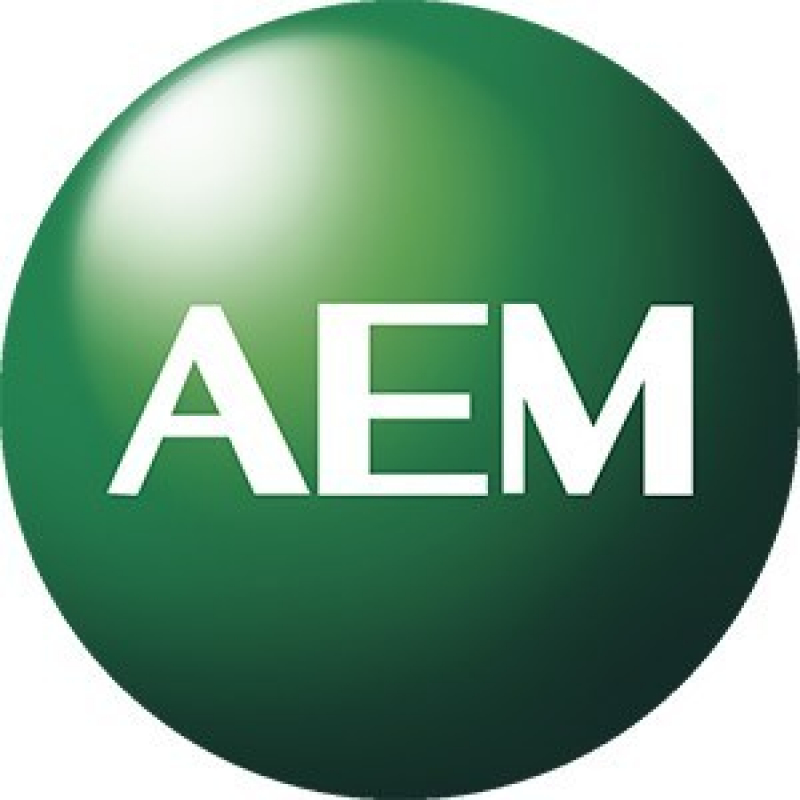 |
AEM Holdings Ltd. |
Nair, Chandran
Testing Innovation – Beyond the traditional way of testing to meet the demands of Highly Complex Devices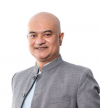
 Abstract Biography |
Executive Forum |
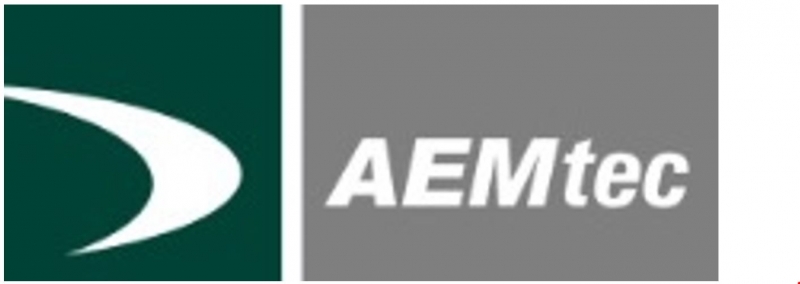 |
AEMtec GmbH |
Negrea, Dan
Packaging in Europe - Micro Balling on Chips with a High Ball-count for Space Applications - an Extension of the Process Capabilities at AEMtec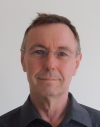
 Abstract Biography |
Advanced Packaging Forum |
 |
Air Liquide |
Misra, Ashutosh
How can a supplier help its customers fight climate change in the semiconductor industry? -The Air Liquide case-
 Abstract Biography |
Fab Management Forum (FMF) Executive Forum |
 |
Amkor Technology, Inc. |
Pancholi, Vineet
Heterogeneous Integration Test Impacts
 Abstract Biography |
Advanced Packaging Forum |
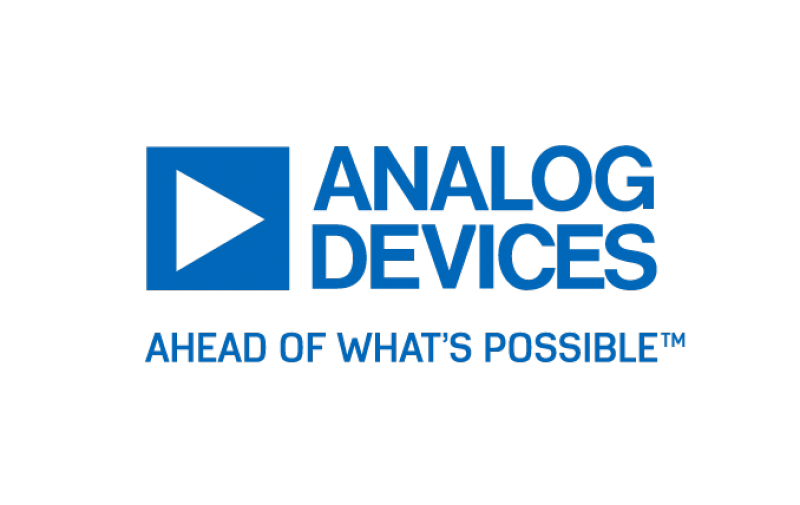 |
Analog Devices |
Olivadoti, Giuseppe
From Sensing to Action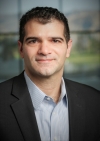
 Abstract Biography |
SMART MedTech Forum |
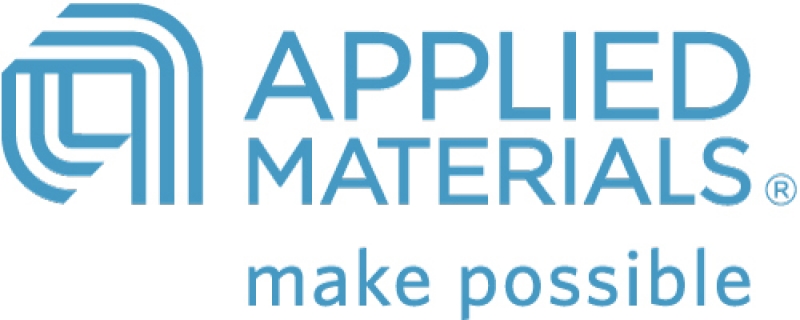 |
Applied Materials |
Rosa, Mike
Technology and Equipment Roadmaps Enabling the More-than-Moore Wave
 Abstract Biography |
Fab Management Forum (FMF) |
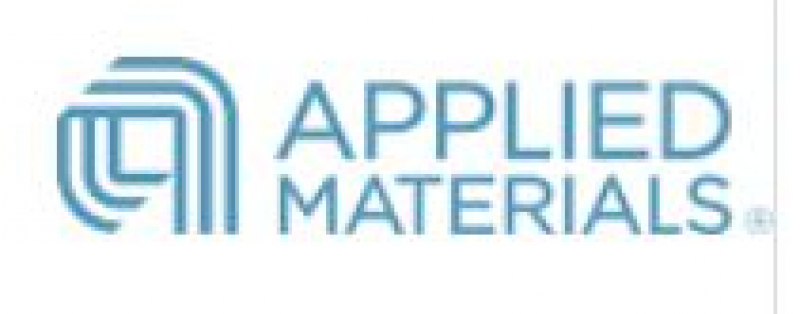 |
Applied Materials Europe |
Robson, James
Introduction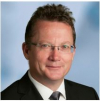
 Abstract Biography |
Fab Management Forum (FMF) |
 |
Applied Materials Israel (AMIL) |
Englard, Ilan
MADEin4 Project Introduction: Metrology Advances for Digitized ECS (Semiconductor and Automotive) Industry 4.0
 Abstract Biography |
EU Digital Future Forum |
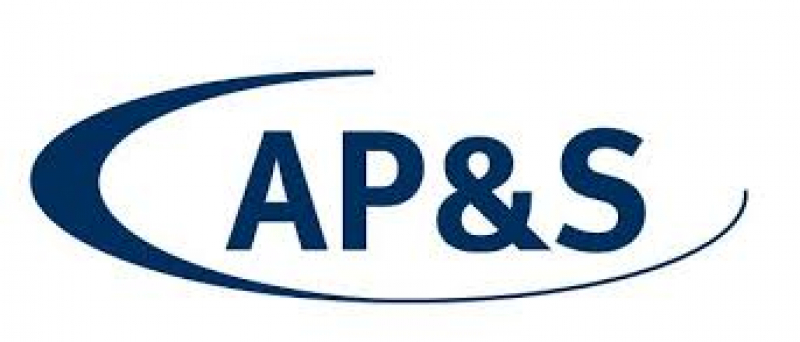 |
AP&S |
Zürcher, Stefan
Journey and Development history on SiC from 2015-2020: "From Single-Wafer Metal-Lift-off to Metal etch to Metal-Etch via Batch process”
 Abstract Biography |
SMART Mobility Forum |
 |
Arbe |
Marenko, Kobi
Next Generation Radar- a Game Changer for Truly Safe and Smart Mobility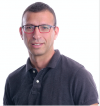
 Abstract Biography |
SMART Mobility Forum |
 |
ASE Group |
Chang, Yin
The Future is Heterogeneous Integration
 Abstract Biography |
Executive Forum |
 |
ASE Group |
Chen, William (Bill)
The Growing Momentum of Heterogeneous Integration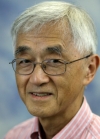
 Abstract Biography |
Advanced Packaging Forum |
 |
Aspinity |
Doyle, Tom
Analyze-first Architecture for Ultra-low-power Always-on Sensing
 Abstract Biography |
MEMS & Imaging Sensors Forum |
 |
Asset Pictures |
Blake, Tessa
Overcoming an unconscious bias
 Abstract Biography |
Diversity Forum |
 |
AT&S |
Beica, Rozalia
Heterogeneous Integration - The New Driver of Innovation and Growth
 Abstract Biography |
Advanced Packaging Forum |
| B | To top | ||
 |
Beneq |
Rabinzohn, Patrick
Atomic Layer Deposition process and equipment set to transform the More-than Moore era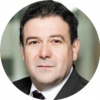
 Abstract Biography |
Fab Management Forum (FMF) |
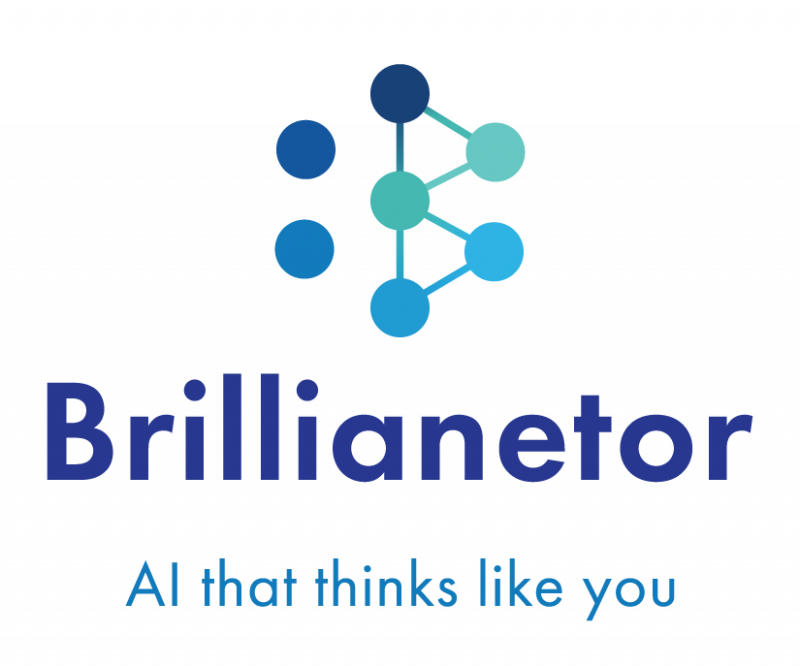 |
Brillianetor |
Hadad-Segev, Meirav
Social Robot Collaboration use cases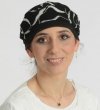
 Abstract Biography |
EU Digital Future Forum |
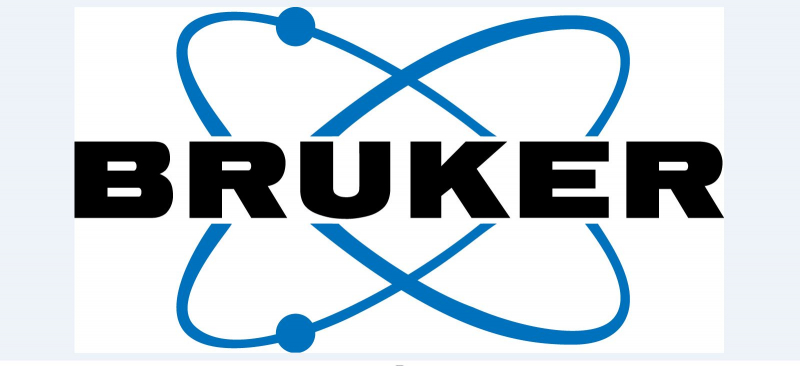 |
Bruker |
Vandermeer, Juliette
Advance X-Ray Metrology Equipment As Part Of A European Semiconductor and Automotive Industry 4.0 Cycle Time and Yield Improvements Scheme
 Abstract Biography |
EU Digital Future Forum |
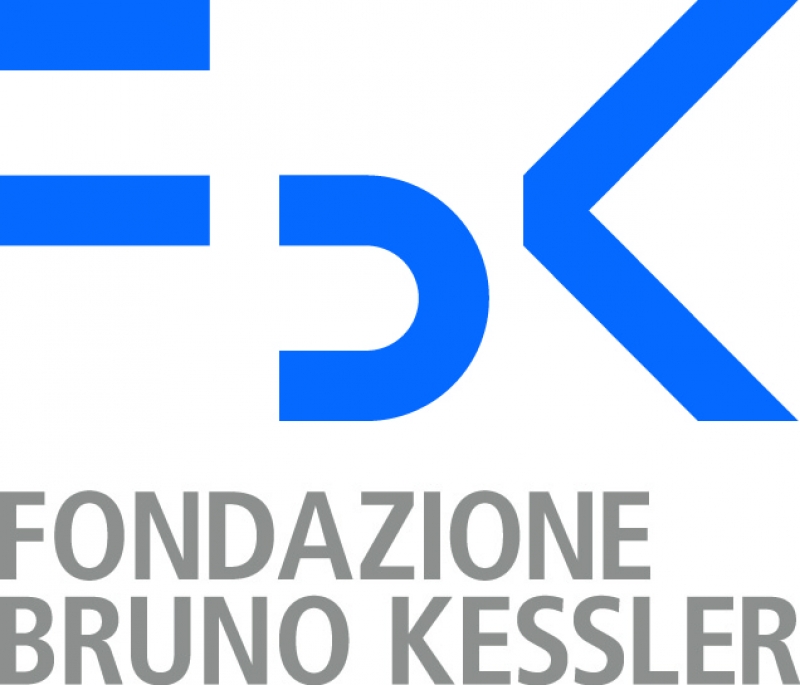 |
Bruno Kessler Foundation (Fondazione Bruno Kessler – FBK) |
Casse, Gianluigi
Technology and Knowledge Open Hub: a Pathway to Future Imaging and MEMS
 Abstract Biography |
MEMS & Imaging Sensors Forum |
| C | To top | ||
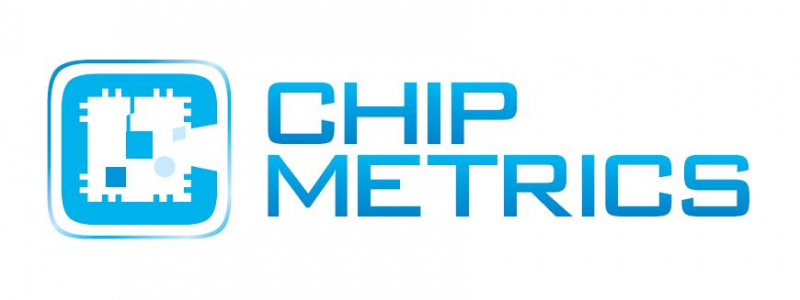 |
Chipmetrics Oy |
Utriainen, Mikko
Novel Platform to Solve 3D Nanometrology Challenge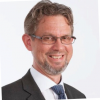
 Abstract Biography |
MEMS & Imaging Sensors Forum |
 |
Cohu, Inc. |
Cockburn, Peter
Session Chair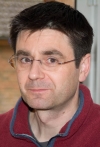
 Abstract Biography |
Advanced Packaging Forum |
 |
Comet Group |
Crofton, Kevin
Are you ready for the new supercycle?
 Abstract Biography |
Executive Forum |
 |
Comet Group |
Wenzel, Thomas
Intertwined development of manufacturing processes and test technologies – a prerequisite for future success in advanced packaging
 Abstract Biography |
Advanced Packaging Forum |
 |
Cornami, Inc. |
Rhines, Wally
Shaping the Global Digital Future Through Secure Information Sharing
 Abstract Biography |
Executive Forum |
 |
CyberOptics Corporation |
Skunes, Tim
Fast, 100% 3D Bump Metrology and Inspection to Improve Yields of 3D System Integration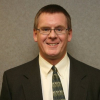
 Abstract Biography |
Advanced Packaging Forum |
| D | To top | ||
 |
Duale Hochschule Baden-Württemberg (State Cooperative University Baden-Württemberg) |
Hopf, Gregor
Drivers of Digitalisation: What is Digitalisation and Why can it Change so much?
 Abstract Biography |
Fab Management Forum (FMF) |
| E | To top | ||
 |
Edwards |
Collart, Erik
Data Sharing and the Cost of Inaction
 Abstract Biography |
Fab Management Forum (FMF) |
 |
Edwards Ltd |
Pelissier, Christine
Successful Strategies to Attract Young Professionals
 Abstract Biography |
Diversity Forum |
 |
Edwards Vacuum |
Samadi, Hassan
SEMI S30 - Safety Guideline for use of energetic materials in semiconductor R&D and manufacturing processes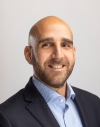
 Abstract Biography |
Fab Management Forum (FMF) |
 |
Edwards Vacuum |
Wilson, Kate
Insight from Kate Wilson on past year and the future
 Abstract Biography |
Executive Forum |
 |
ENTEGRIS |
AMADE, Antoine
How to Support the Functional Safety Requirements of the Automotive Industry
 Abstract Biography |
SMART Mobility Forum |
 |
ESPAT-Consulting - Steffen Kroehnert |
Kroehnert, Steffen
Conference Chair, Session Chair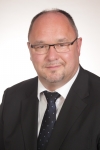
 Abstract Biography |
Advanced Packaging Forum |
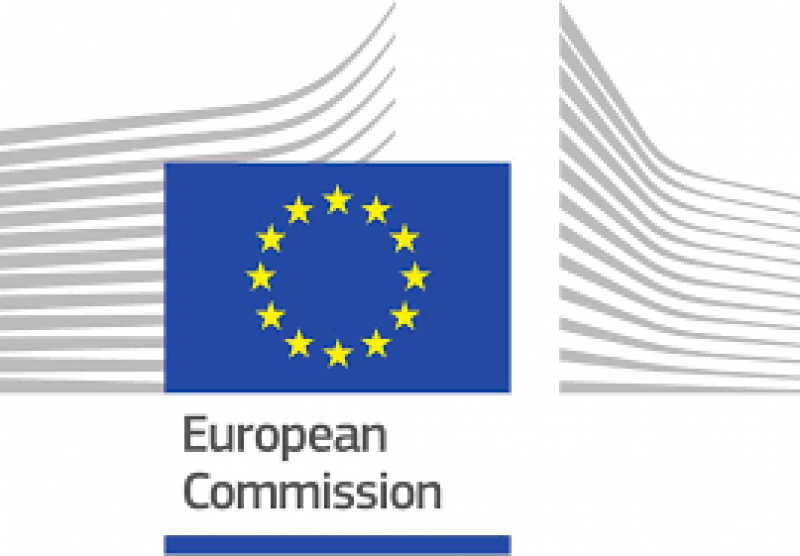 |
European Commission |
Ceccarelli, Marco
Overview of EU policies supporting the growth of microelectronics in Europe
 Abstract Biography |
EU Digital Future Forum |
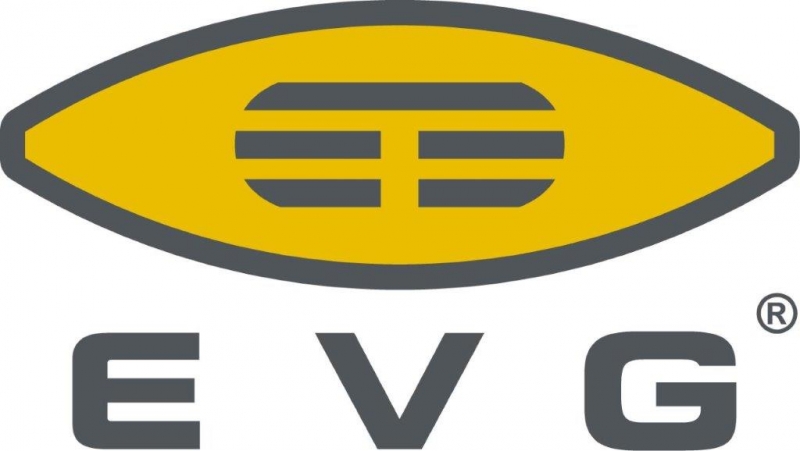 |
EV Group |
Dielacher, Bernd
Novel Bonding Technologies for Photonic and MEMS Sensor Integration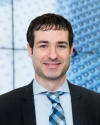
 Abstract Biography |
SMART MedTech Forum MEMS & Imaging Sensors Forum |
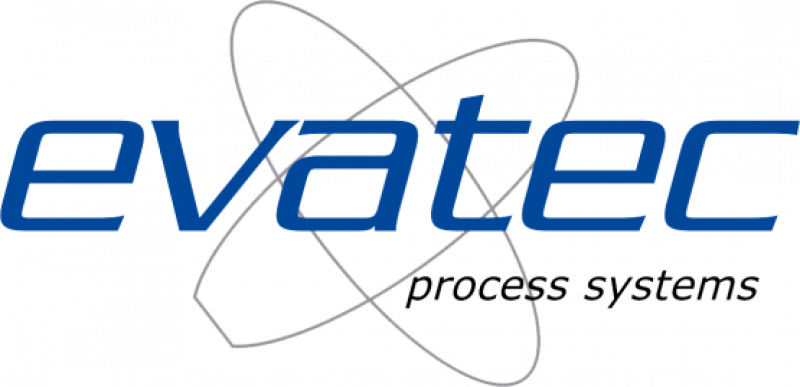 |
Evatec |
Tschirky, Maurus
Piezoelectrics and soft magnetics: Evatec thin film technologies for Advanced Functional Materials in MEMS
 Abstract Biography |
MEMS & Imaging Sensors Forum |
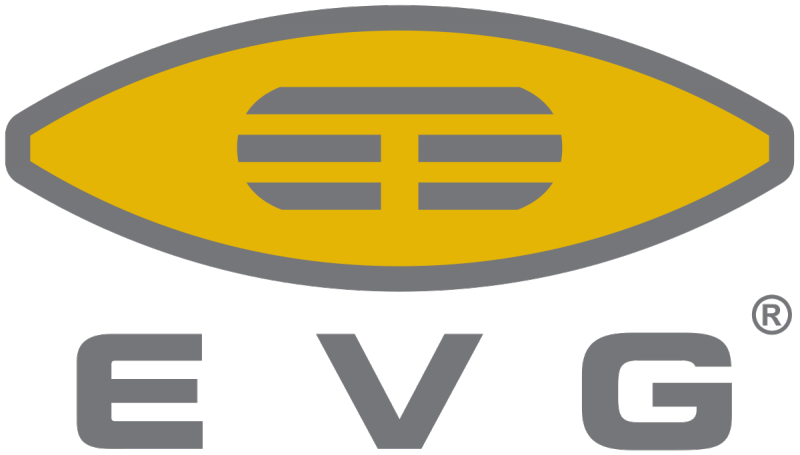 |
EVG |
Brandl, Elisabeth
High end power device manufacturing – substrate manufacturing and handling at the transition from Si to Compound Semiconductor materials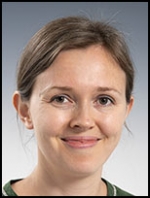
 Abstract Biography |
Advanced Packaging Forum SMART Mobility Forum |
 |
Exawatt |
Price, Simon
SiC in the Automotive Supply Chain
 Abstract Biography |
SMART Mobility Forum |
| F | To top | ||
 |
Festo SE & Co. KG. |
Melzer, Frank
Efficiently managing your resources in production – I4.0 and AI are the keys to success
 Abstract Biography |
Fab Management Forum (FMF) |
 |
Fluxergy |
Tinazli, Ali
How the COVID-19 Exposes the Flaws of Current HealthTesting - Hypermobility & Microfluidics for Health 4.0 Tools for new Medicine
 Abstract Biography |
SMART MedTech Forum |
 |
Fraunhofer EMFT |
Yacoub-George, Erwin
Development of a Foil based Flexible Interposer for Power Conditioning IC in Energy Autarkic Systems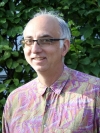
 Abstract Biography |
Advanced Packaging Forum |
 |
Fraunhofer EMFT |
Grünerbel, Lorenz
Early Diagnosis and Prevention of Pressure Induced Wounds (Ulcer) at Vulnerable Patients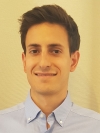
 Abstract Biography |
SMART MedTech Forum |
 |
Fraunhofer ENAS |
Gadhiya, Ghanshyam
Virtual Prototyping for System-in-Package with Heterogeneous Integration - Enabler for faster Time-to-Market
 Abstract Biography |
Advanced Packaging Forum |
 |
Fraunhofer Institute for Photonic Microsystems (IPMS) |
Kaiser, Bert
All-silicon ultrasonic recognition of the environment
 Abstract Biography |
MEMS & Imaging Sensors Forum |
| G | To top | ||
 |
GLOBALFOUNDRIES |
Kuechenmeister, Frank
Biography
 Abstract Biography |
Advanced Packaging Forum |
 |
Google Corporation |
Dorn, Rüdiger
Smarter tools for smarter fabs - taking automation to the next level
 Abstract Biography |
Executive Forum Fab Management Forum (FMF) |
| H | To top | ||
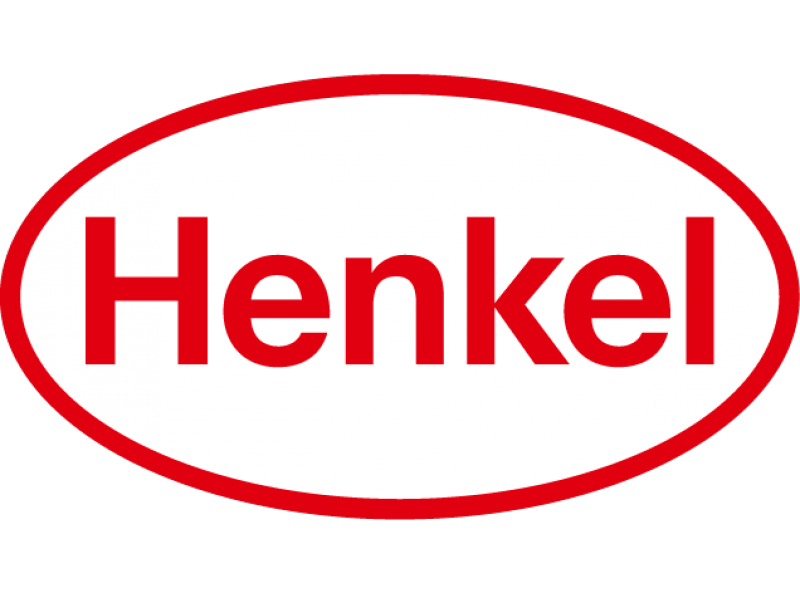 |
Henkel Belgium NV |
de Wit, Ruud
Enabling Assembly and Packaging Material Developments for Next Gen RF Devices, Antennas and Radars
 Abstract Biography |
Advanced Packaging Forum |
 |
Huawei Technolgies R&D Belgium NV |
Liu, Changze
Coming soon
 Abstract Biography |
Executive Forum |
| I | To top | ||
| IBM Research |
Khare, Mukesh
What's Next in AI: Our Vision for the Future of AI Hardware
Abstract Biography |
Executive Forum | |
 |
ICFO – The Institute of Photonic Sciences |
Goossens, Stijn
Enabling a World of Enhanced Vision
 Abstract Biography |
MEMS & Imaging Sensors Forum |
 |
IMEC |
Miller, Andy
My Bio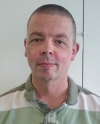
 Abstract Biography |
Advanced Packaging Forum |
 |
INFICON |
Behnke, John
Evolution of Smart Manufacturing - Integrated and Collaborative Smart Systems
 Abstract Biography |
Fab Management Forum (FMF) |
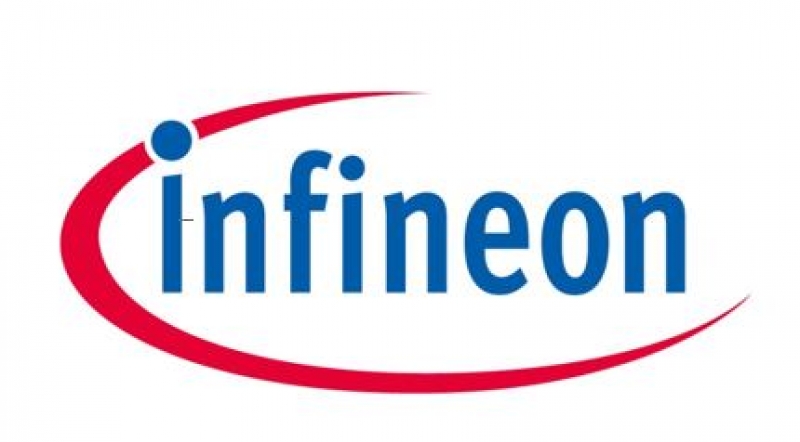 |
Infineon Technologies |
von Schierstaedt, Philipp
Sensors to Make the World Greener, Easier and Safer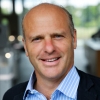
 Abstract Biography |
MEMS & Imaging Sensors Forum |
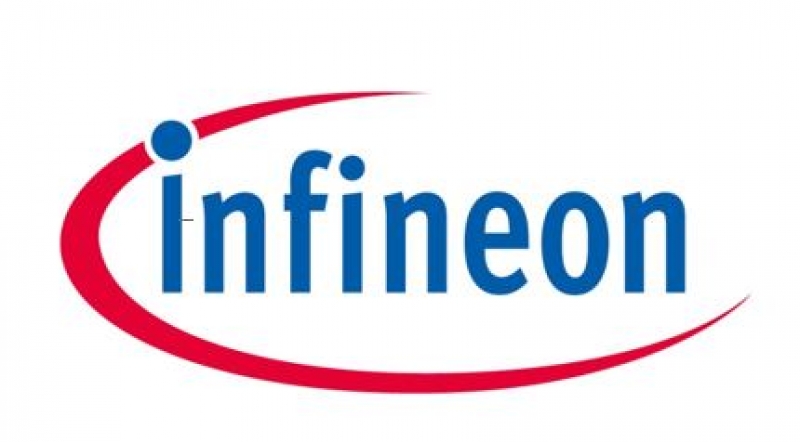 |
Infineon Technologies |
Kopetz, Andreas
XENSIV™ PAS CO2 Sensor: New Environmental Sensor Technology: Photoacoustic Spectroscopy (PAS) Miniaturizes CO2 Sensor for High-volume Applications
 Abstract Biography |
MEMS & Imaging Sensors Forum |
 |
Infineon Technologies |
Boebel, Magdalena
Connected sensors to make buildings and homes greener and safer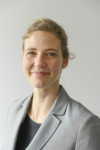
 Abstract Biography |
MEMS & Imaging Sensors Forum |
 |
Infineon Technologies |
Meyer, Thorsten
Challenges for Heterogeneous Integration in Package – Applications Driving Materials and Processes towards Diversity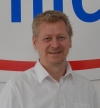
 Abstract Biography |
Advanced Packaging Forum |
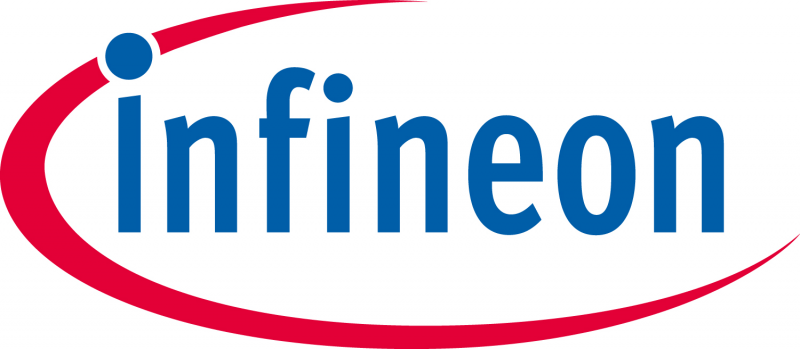 |
Infineon Technologies AG |
Konstantinov, Marcel
Infineon Technologies to empower next-gen medical wearables
 Abstract Biography |
SMART MedTech Forum |
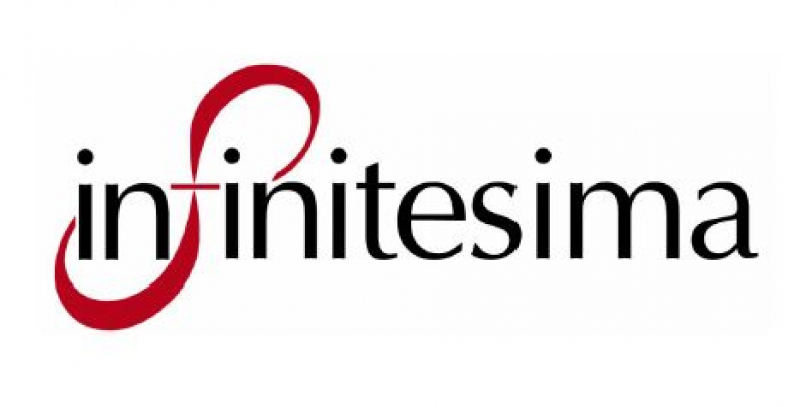 |
Infinitesima |
Jenkins, Peter
Rapid Probe Microscope: Enabling Tomorrow's Semicoconductors by Delivering True 3D Nanoscale Information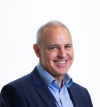
 Abstract Biography |
Executive Forum |
| J | To top | ||
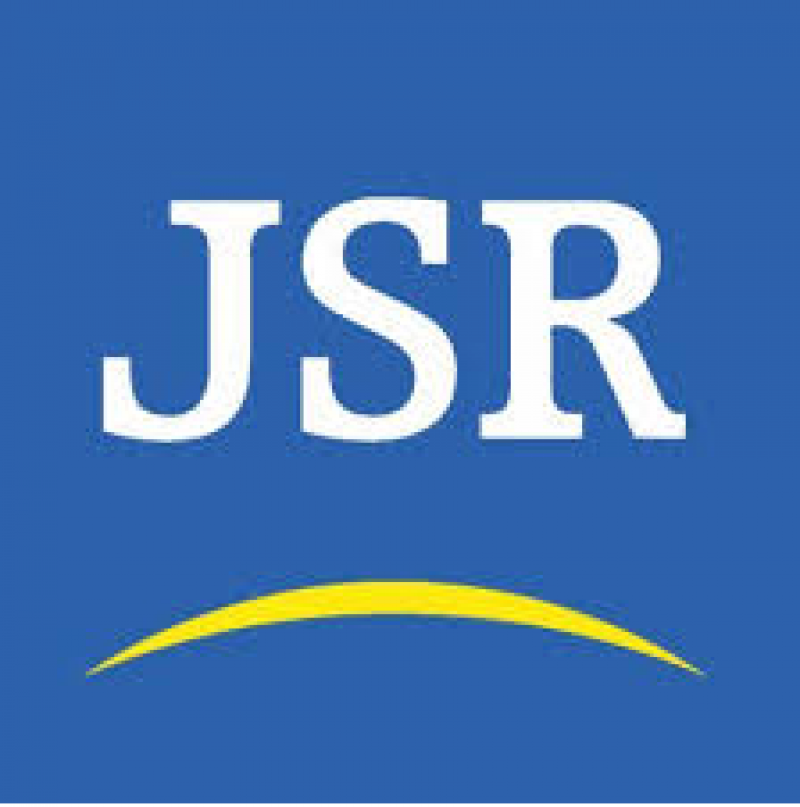 |
JSR |
Hasegawa, Koichi
Next Lithographic Materials for Advanced Packaging
 Abstract Biography |
Advanced Packaging Forum |
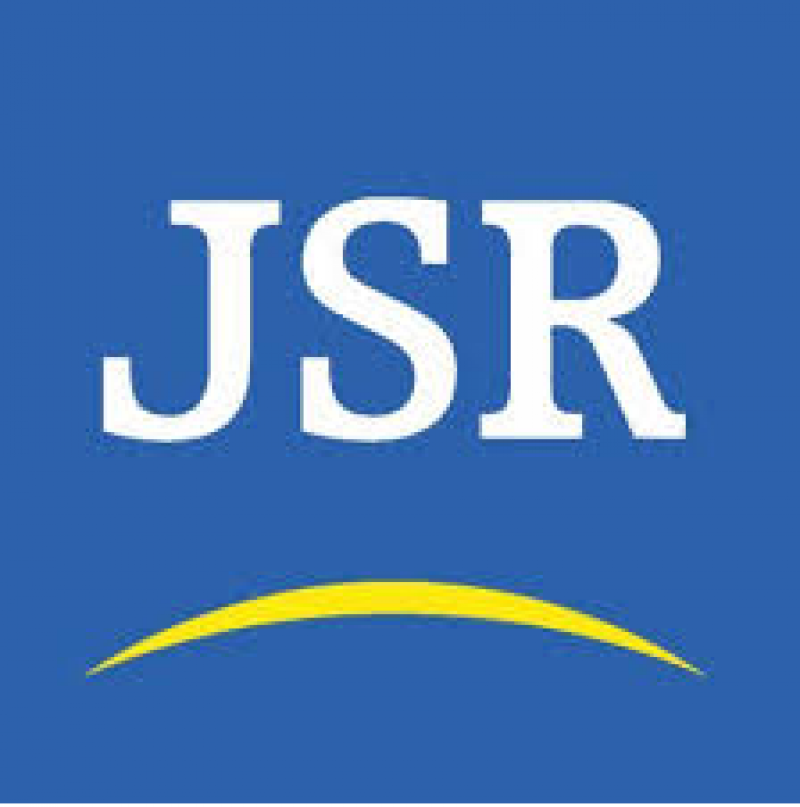 |
JSR Corporation |
Suhara, Tadahiro
JSR materials innovation with digital transformation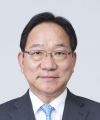
 Abstract Biography |
Executive Forum |
| L | To top | ||
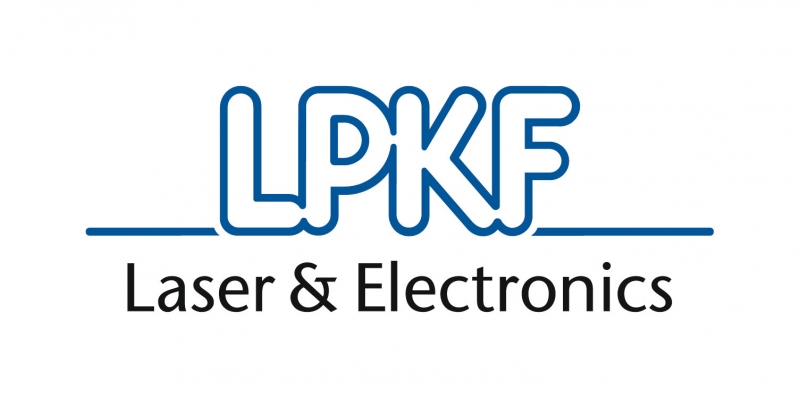 |
LPKF Laser & Electronics AG |
Roick, Florian
Active Mold Packaging for Novel Antenna-in-Package Interconnection and Manufacturing
 Abstract Biography |
Advanced Packaging Forum |
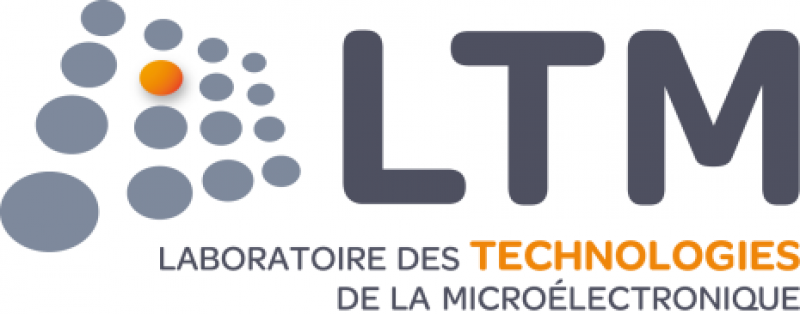 |
LTM-CNRS |
PELISSIER, Bernard
New industry 4.0 metrology approaches driven by predictive in line control requirements: At the frontier between academic studies and industrial world
 Abstract Biography |
EU Digital Future Forum |
| M | To top | ||
 |
MAX Group |
Meyuhas, Ariel
How Precision Maintenance Enables Agile Fabs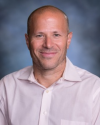
 Abstract Biography |
Fab Management Forum (FMF) |
 |
Medical University Graz |
Pieber, Thomas
Next generation insulin pumps using new technologies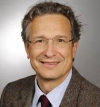
 Abstract Biography |
SMART MedTech Forum |
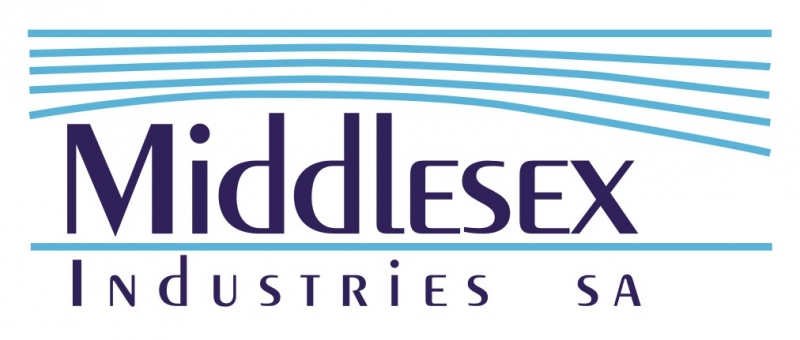 |
Middlesex Industries SA |
Horn, George
Throughput Improvement via Logistics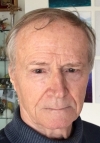
 Abstract Biography |
Fab Management Forum (FMF) |
| N | To top | ||
 |
NXP Netherlands |
Geraets, Maurice
Mastering the Edge: Critical Factors to Enabling Edge Computing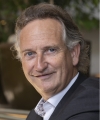
 Abstract Biography |
Executive Forum |
 |
NXP Semiconductors |
Vos, Sandra
Above and Beyond Methodology: Robustness Validation of Automotive MEMS Sensors
 Abstract Biography |
MEMS & Imaging Sensors Forum |
| O | To top | ||
 |
OECD |
Schleicher, Andreas
Where is the next generation of technology experts?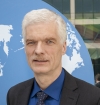
 Abstract Biography |
Fab Management Forum (FMF) Executive Forum |
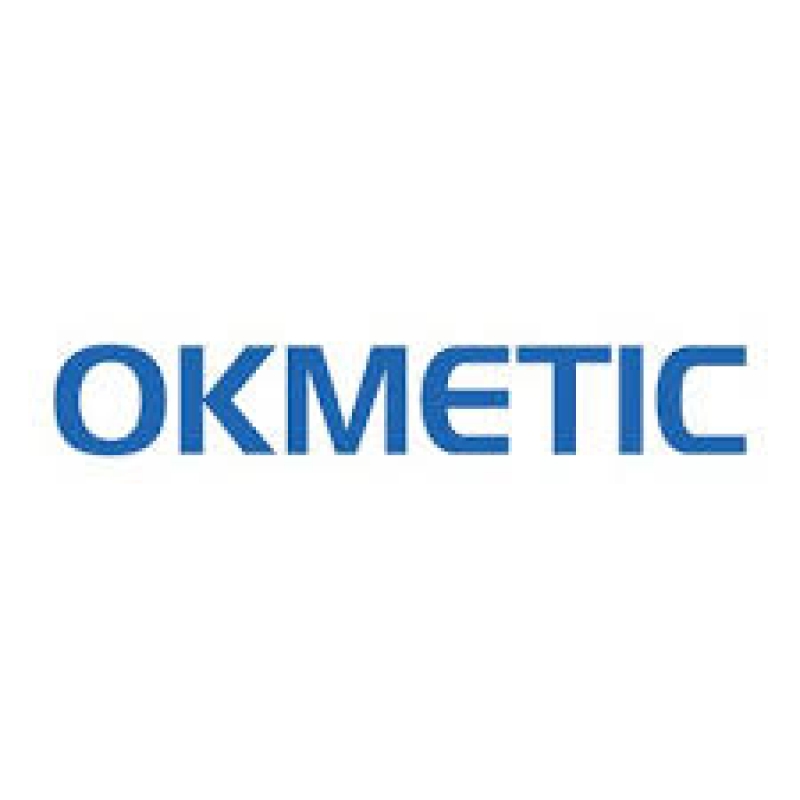 |
Okmetic |
Haapalinna, Atte
C-SOI® and patterned wafers enabling advanced MEMS and Sensor applications
 Abstract Biography |
MEMS & Imaging Sensors Forum |
| P | To top | ||
 |
PEER Group |
Suerich, Doug
Cost-effective Automation for Legacy Factories
 Abstract Biography |
Fab Management Forum (FMF) |
 |
Picosun Group |
Blomberg, Tom
Picosun Group presents PICOSUN® Sprinter, a fast batch ALD system for high volume manufacturing on 300 mm wafers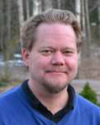
 Abstract Biography |
MEMS & Imaging Sensors Forum |
 |
PROPHESEE |
Verre, Luca
Toward Event-Based Vision Wide-scale Adoption
 Abstract Biography |
MEMS & Imaging Sensors Forum |
| R | To top | ||
 |
RENA |
Rueland, Eric
High-throughput Semiconductor Wet-Chemical Wafer Processing for Silicon and Compound Material Technology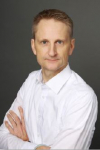
 Abstract Biography |
MEMS & Imaging Sensors Forum |
 |
Robert Bosch GmbH |
Frangen, Joachim
Future wafer handling concept powered by permanent magnetic levitation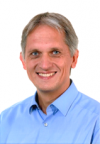
 Abstract Biography |
Fab Management Forum (FMF) |
 |
Robert Bosch GmbH Stuttgart, Corporate Sector Research & Advance Engineering |
Laermer, Franz
Starting the Continuum: Fast Track to Diagnostics with Semiconductors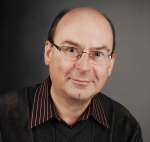
 Abstract Biography |
SMART MedTech Forum |
| S | To top | ||
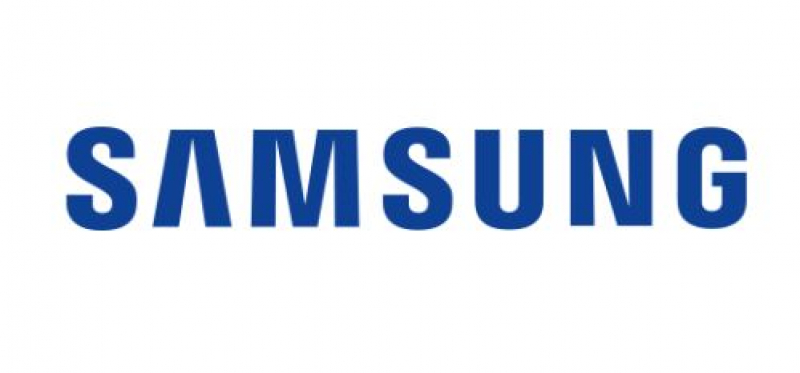 |
Samsung Semiconductor Europe |
Fischer, Axel
Coming soon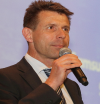
 Abstract Biography |
Executive Forum |
 |
Schneider Electric |
Delorme, Philippe
Coming soon
 Abstract Biography |
Executive Forum |
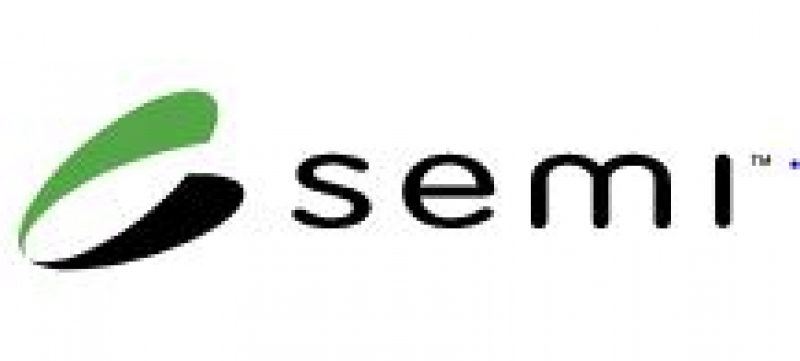 |
SEMI Foundation |
Williams-Vaden, Michelle
Fire-side chat with Sherry Alexander
 Abstract Biography |
Diversity Forum |
 |
Senior Director - Diversity, Inclusion and Talent |
Scott, Alicia
Unconscious Bias – A discussion on how we tackle it in the Tech Space
 Abstract Biography |
Diversity Forum |
 |
Silicon Austria Labs GmbH |
Mohssen, Moridi
Emerging piezo MEMS devices, trends and perspectives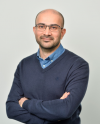
 Abstract Biography |
MEMS & Imaging Sensors Forum |
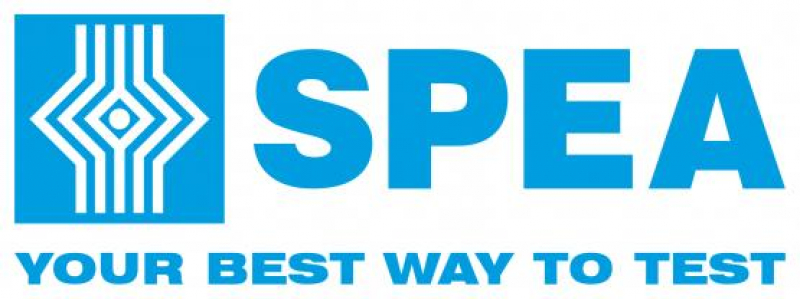 |
SPEA |
Bardo, Emanuele
SPEA, Leader in MEMS Test & Calibration Technologies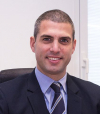
 Abstract Biography |
MEMS & Imaging Sensors Forum |
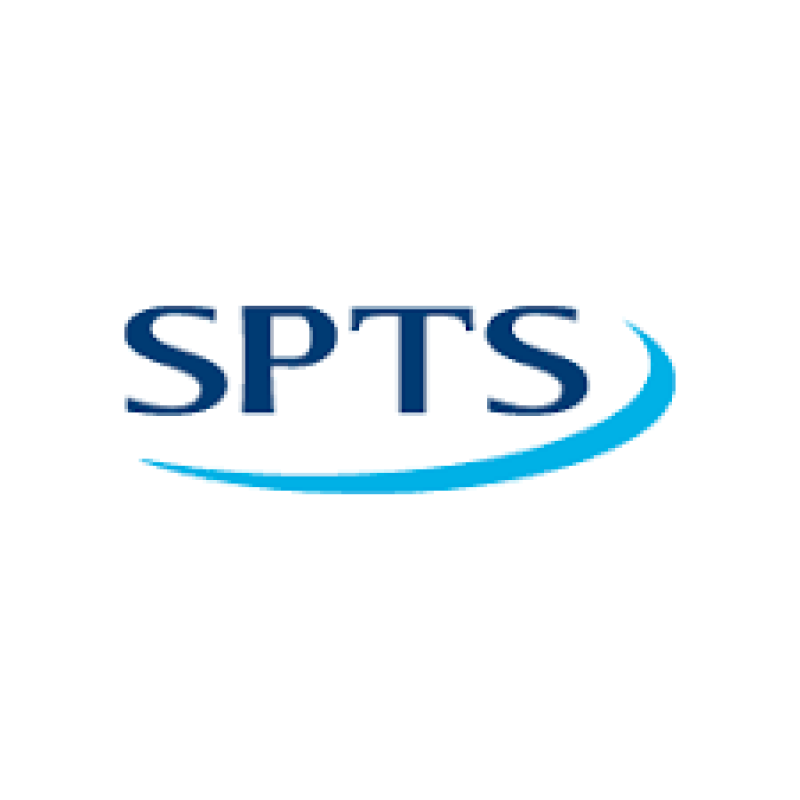 |
SPTS Technologies Ltd |
Jones, Chris
Deposition and Etch Processing of highly-doped AlScN for Piezo-MEMS applications
 Abstract Biography |
MEMS & Imaging Sensors Forum |
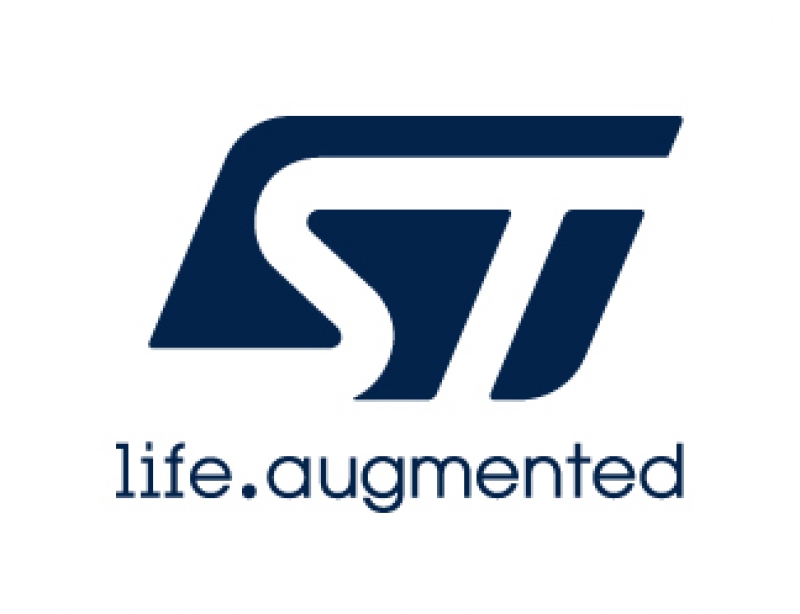 |
STMicroelectronics |
Hofmeister, Anton
MEMS Actuators at the Core of Emerging Applications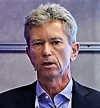
 Abstract Biography |
MEMS & Imaging Sensors Forum |
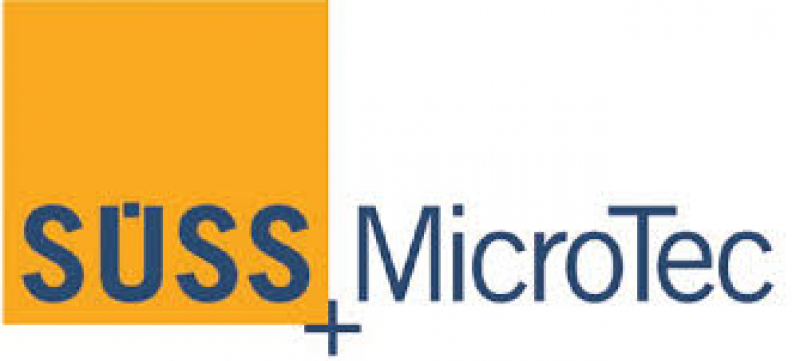 |
SUSS MicroTec Netherlands B.V. |
Brok, Wouter
Inkjet printing in manufacturing
 Abstract Biography |
Advanced Packaging Forum |
| T | To top | ||
 |
Teledyne e2v |
Segovia, Jose
120fps, Ultra High Definition (8K UHD), Low Noise, Global Shutter Sensor for High-end Rigid Endoscopy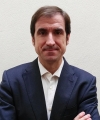
 Abstract Biography |
MEMS & Imaging Sensors Forum |
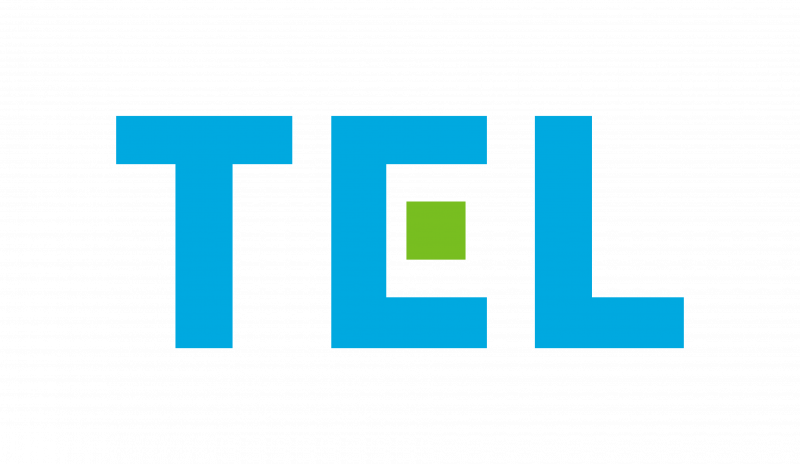 |
Tokyo Electron |
Sekiguchi, Akihisa
Present and Future of Technology in the Age of Paradigm Shift
 Abstract Biography |
Executive Forum |
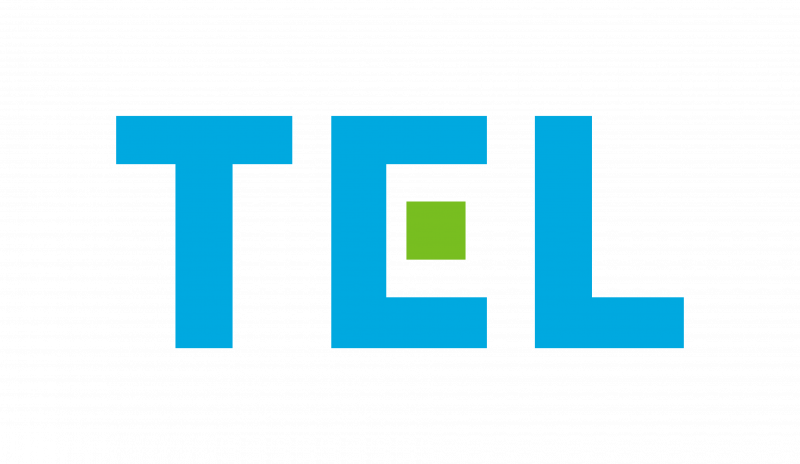 |
Tokyo Electron Limited |
Shekel, Eyal
Data Utilization for Equipment Intelligence Using AI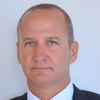
 Abstract Biography |
Fab Management Forum (FMF) |
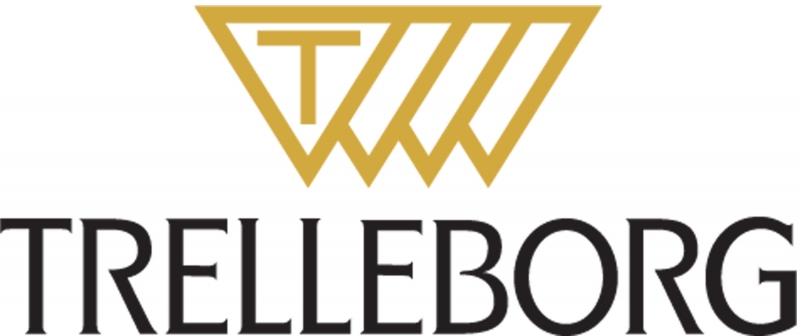 |
Trelleborg Sealing Solutions |
Gulcur, Murat
Correct Material Selection and Life-Time Prediction of Elastomer Parts Using FEA Simulations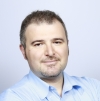
 Abstract Biography |
Fab Management Forum (FMF) |
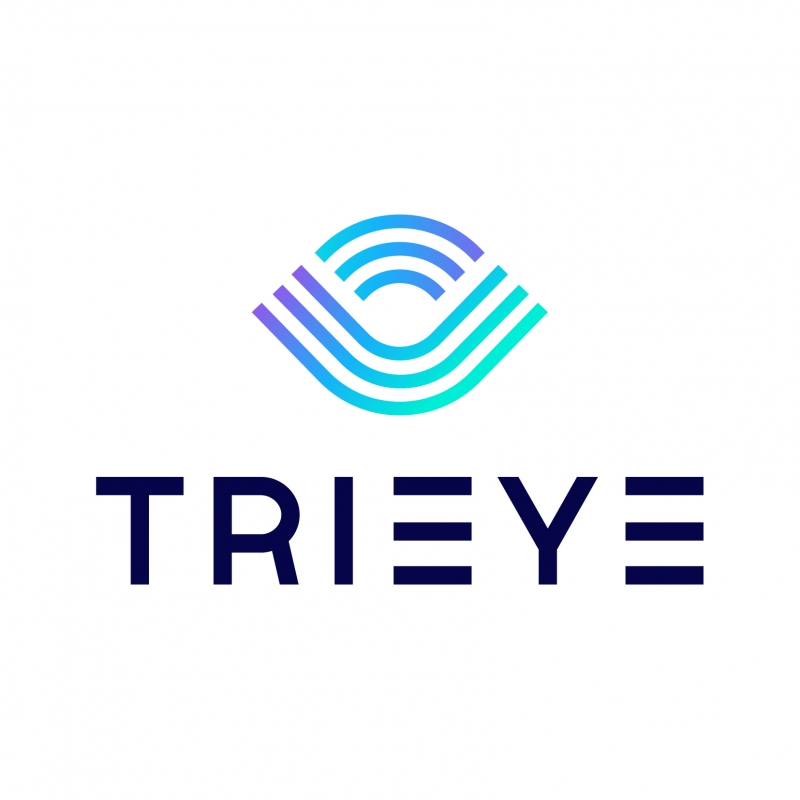 |
TriEye |
Livne, Ziv
Short-Wave Infrared Breaking the Status Quo - Identifying Hazards on the Road and Solving the Low Visibility Challenge
 Abstract Biography |
SMART Mobility Forum |
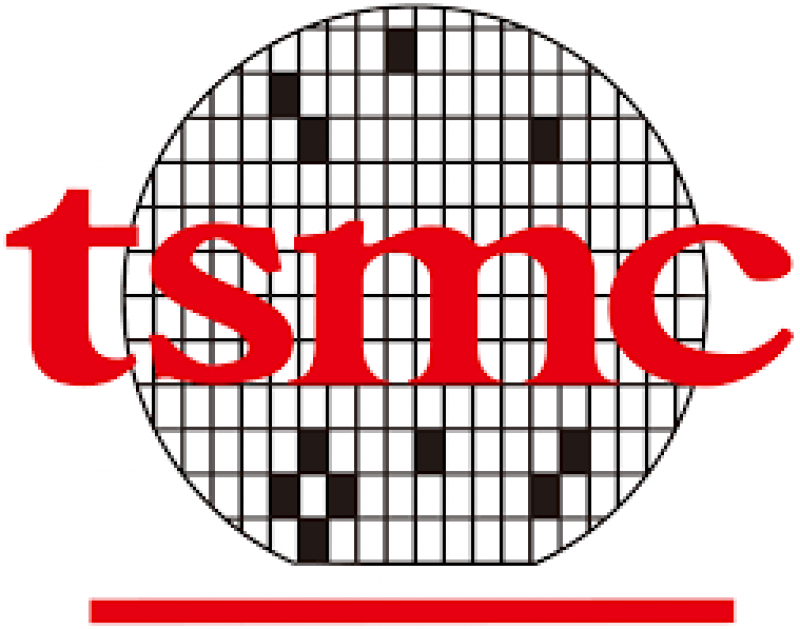 |
TSMC Europe |
Marced, Maria
Shaping the Digital Transformation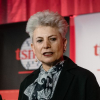
 Abstract Biography |
Executive Forum |
| U | To top | ||
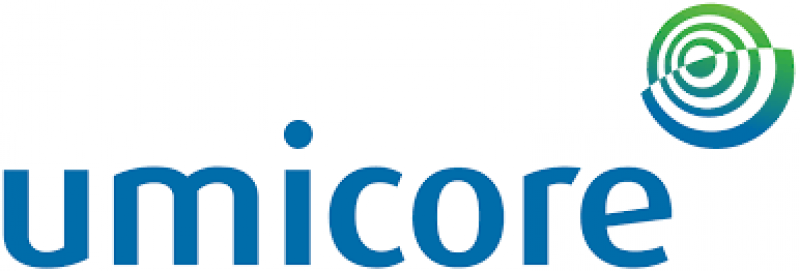 |
Umicore |
Steegen, An
Enabling a sustainable semiconductor material supply chain
 Abstract Biography |
Executive Forum |
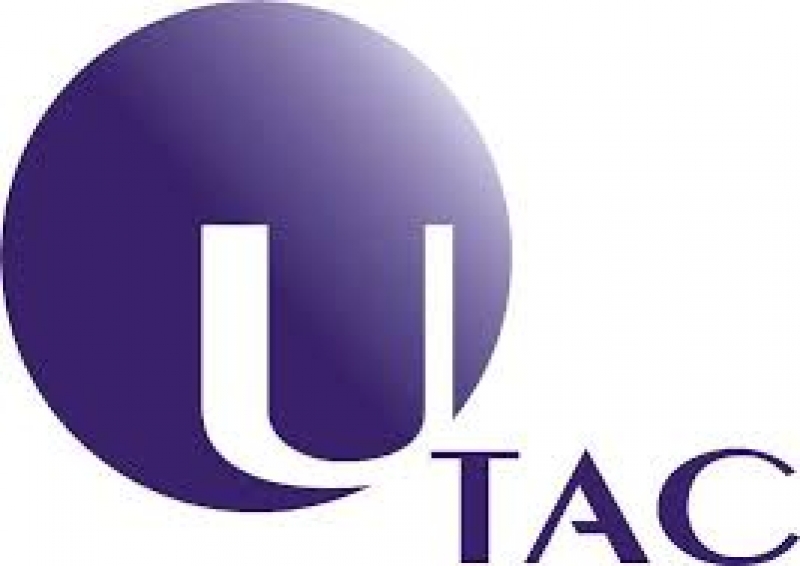 |
United Test and Assembly Center Ltd |
Attard, Alastair
Vertical Stacking of Controller IC on a Copper Clip Attached on MOSFET as a Space-saving Solution for High Current Switch e-fuse Applications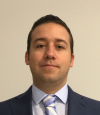
 Abstract Biography |
Advanced Packaging Forum |
 |
UTAC Group |
Nelson, John
Transforming a Traditional Back-end Manufacturing Facility; Getting Ready for The Digital Decade
 Abstract Biography |
Executive Forum |
| V | To top | ||
 |
VisIC Technologies |
Smith, Kurt
Gallium Nitride Technology to Meet Automotive High Reliability Requirements
 Abstract Biography |
SMART Mobility Forum |
| Y | To top | ||
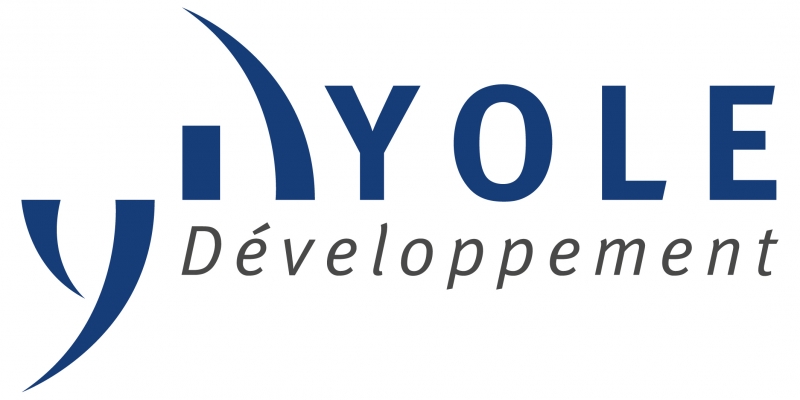 |
Yole Développement |
Cambou, Pierre
Embedded Computing the Next Paradigm Shift for Image Sensors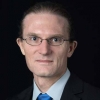
 Abstract Biography |
MEMS & Imaging Sensors Forum |
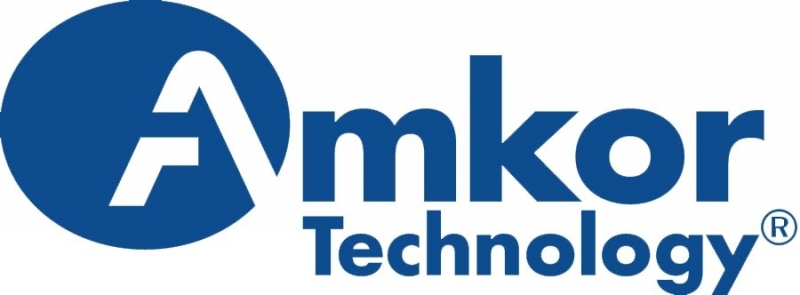 |
Yole Développement |
Clerc, Sebastien
Microfluidics market and technology trends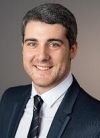
 Abstract Biography |
SMART MedTech Forum |
| Z | To top | ||
 |
ZIAN & Co industrial consulting and recruitment |
Zimmer, Andreas C.
Skills in the Workforce and People in Processes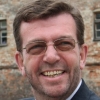
 Abstract Biography |
Fab Management Forum (FMF) |